Hey,
This week, I’m sharing gems on bridging the acquisition-retention gap.
These insights come from Ana Oarga and Raz Burciu.
Enjoy!
P.S. Heads up that the Union of Insights Miners has unanimously voted on a holiday break. As a result, there will be no Growth Gems edition on December 26.
🥇 TOP GEM OF THE WEEK
SPONSORED INSIGHT & RESOURCE
Phiture is an award-winning mobile growth consultancy and agency working with the teams behind leading apps.
👉 Get in touch here (mention Growth Gems for a special offer) or reply back for an intro.
Bridge the Acquisition-Retention Gap
Gems from Ana Oarga (Co-founder & Product Strategy at Just Mad) and Raz Burciu (Co-founder & Product Design at Just Mad) in Power Up PM - Bridge the Acquisition-Retention Gap using the Activation Framework
This webinar was recommended by my Babbel colleague Benedetta Montagnoli.
While it doesn’t have brand-new concepts or perspectives, it is well articulated and contains multiple practical examples…And if you use Amplitude, it’s even more relevant!
This is part 2 of a 3-webinar series, the two others being The Growth Experiment Machine and The Art of Engagement: Strategies for Product Success. Maybe for future gems!
The high level
💎 Activation is not equal to the Aha! Moment. Activation also isn’t equal to onboarding: not because you onboarded them to experience the core value means you have created a habit.
(09:18)
💎 You need to flatten your retention curve. But to do that, you need to understand what happens before people are retained. Break down your retention curve into different stages and learn what happens before users become engaged: onboarding, value discovery (Aha!), habit formation, and current user.
(10:18)
If you’re unsure when the habit formation period happens, look at the period before your retention curve flattens.
💎 To break down activation, start with the desired end state in mind and work backward: use correlation analysis to look at successfully retained & engaged users and understand their actions to get there.
(11:15)
Leveraging survivorship. This makes it very important to bring in the right people in the first place (i.e., your marketing and UA mix matters from the start).
There is not just one type of engaged user: there are different levels of engagement because users have different needs.
💎 Users in the activation flow are in a different mindset than those already engaged. They ask themselves things like: Is it for me? Is this product solving my problem? Do I know how to use it? How much do I need to learn? How urgent/big is the problem I’m trying to solve?
(12:00)
💎 For habit formation, keep in mind there are:
The core action you want users to do every single time they use the product
The frequency at which users use the product
(15:15)
💎 The Habit Formation Metric is the number of times (X) the user has done the core action (a) within the initial period (Y). Segment your retention curves based on this XaY format to start building habit formation metrics hypotheses: you want to find the highest “flattening” retention curve.
(16:45)
They mentioned getting a “smiling” retention curve: good luck with that in B2C!
Running experiments
💎 Once you’ve run the exploration to develop hypotheses and looked at correlation to understand what leads to long-term retained users, it’s time to run experiments to establish causation between the habit moment and long-term retention.
(20:12)
💎 To find your value discovery (Aha!) metric, look for the first number of times (fX) the user has done the core action (a) within the initial period (Y): fXaY. You need to figure out the threshold that increases the chances of someone discovering the value and hopefully creating a habit around the product experience.
(20:38)
💎 To find the onboarding metric, look at the number of times (X) the user has done the setup action (a) within the initial period (Y): XaY.
(22:20)
💎 Use Amplitude to do two types of analysis:
Retention analysis: using custom brackets, visualize your retention curve and its different stages
Compass: correlation analysis to identify the drivers for each stage (the most predictive action(s))
(23:30)
Amplitude has some great and practical content in their Academy, including if you have a B2C subscription app (maybe less so if you publish games). Here is the step-by-step playbook from Ampitude to create your retention and correlation analysis charts.
💎 Until the habit is established, the user has a different mindset and requires different experiences. Tools you have to provide that different experience:
Product user experience
Notification strategy
Customer support
(25:25)
💎 There are some must-haves to collect during onboarding: user info (personal details, preferences, etc.), permissions (channel, push permission, etc.), and social (if they need others to experience the value of the product). But you should also try to shorten the time to value, so think about the bare minimum of things that you should be asking for.
(25:55)
I disagree with this. You don’t want to ask things you won’t use, or that could decrease users’ intent (although that’s an interesting experiment), but what I see as more important than time-to-value is time-to-perceived-value.
If some questions or screens help educate users and show them they’ll be successful, it might be beneficial to have them during onboarding.
This insight from Growth Gems #69 by Ethan Carr says it well.
💎 Once they’ve experienced the core value prop and they know how to use the product, you need to establish a routine. You can rely on either internal/organic triggers or external/manufactured triggers.
(27:24)
💎 Design better activation experiences by customizing the experience: select the possible actions users can do (e.g., full product → customized version), define what they see (e.g., pointers, blackouts, forced action), pay attention to the language you use (e.g., guide them, suggest), and provide encouragements (badges, progress bars, checklists, countdowns).
(28:00)
Check out the video to see Miro’s “tunneling effect” during onboarding (around 31:00) and Blinkist’s personalization based on onboarding (around 35:30).
💎 Your notification strategy has to go hand-in-hand with your product. Think about:
What action will trigger the notification, and when do you send it?
What message and hook will make your user respond?
Where are they landing in the product?
What action do you want them to complete in the product?
(29:30)
💎 Activation doesn’t stop when people start the trial because you need to convert them to subscriptions AND create a habit. Look at the people who converted from trial to subscription and use correlation analysis to determine the actions that led to that. Example: after establishing that people who save 3 audiobooks within the first 2 days were 40% less likely to cancel their trial, they redesigned the experience to “force” users to save 3 audiobooks (it also enabled them to send notifications).
(54:40)
🎁 Bonus Gems
Some more insights you might find helpful on onboarding and activation.
💎 The more you ask questions during onboarding, the more the conversion rate increases. But once in the app, the experience needs to be personalized enough. Example: Fitness Coach has 500 different fitness programs.
Adrien Miniatti (CEO & Founder at Luni) in Créer en 3 ans un leader mondial autofinancé sur l’Appstore on the Génération Do It Yourself Podcast
💎 Identify a core action (e.g., clicking on a story, listening to a song, etc.) that serves as the base to define what makes users go from a “soft” activation to a “hard” activation (e.g., the user has listened to 6 stories). Then, for both free trialers and people who dismissed the paywall, work step-by-step on reducing friction in order to have them reach this activation point: making it simple, reducing friction with autoplay, showing tooltips, gamification with rewards, etc.
Hannah Parvaz (Founder at Aperture) in App Optimization Through Experimentation on the SubClub Podcast
💎 A mistake some marketers make is to focus on a single metric (e.g. conversion rate of a sales screen) without looking at the impact on down-funnel events. Example: impact of the free trial conversion on the trial to subscription rate, monthly churn, etc.
Brennan Clark (Director of Product at Sago Mini) in Engagement vs. Retention: Focusing on the Right Metric to Drive Subscription Growth in Level Up Thursdays by Mobile Growth Association
On activation and habit formation, you should also check out these Growth Gems editions:
Before I leave, here is a quote on why it’s essential to look at users by frequency of usage and level of engagement:
“Average is never the truth” - Hannah Parvaz (Founder at Apperture)
See you next time. Stay curious!
⛏️ Sylvain
🔗 Sources:
Bridge the Acquisition-Retention Gap using the Activation Framework on Power Up PM by Amplitude
Créer en 3 ans un leader mondial autofinancé sur l’Appstore on the Génération Do It Yourself Podcast
App Optimization Through Experimentation on the SubClub Podcast
Engagement vs. Retention: Focusing on the Right Metric to Drive Subscription Growth in Level Up Thursdays by Mobile Growth Association





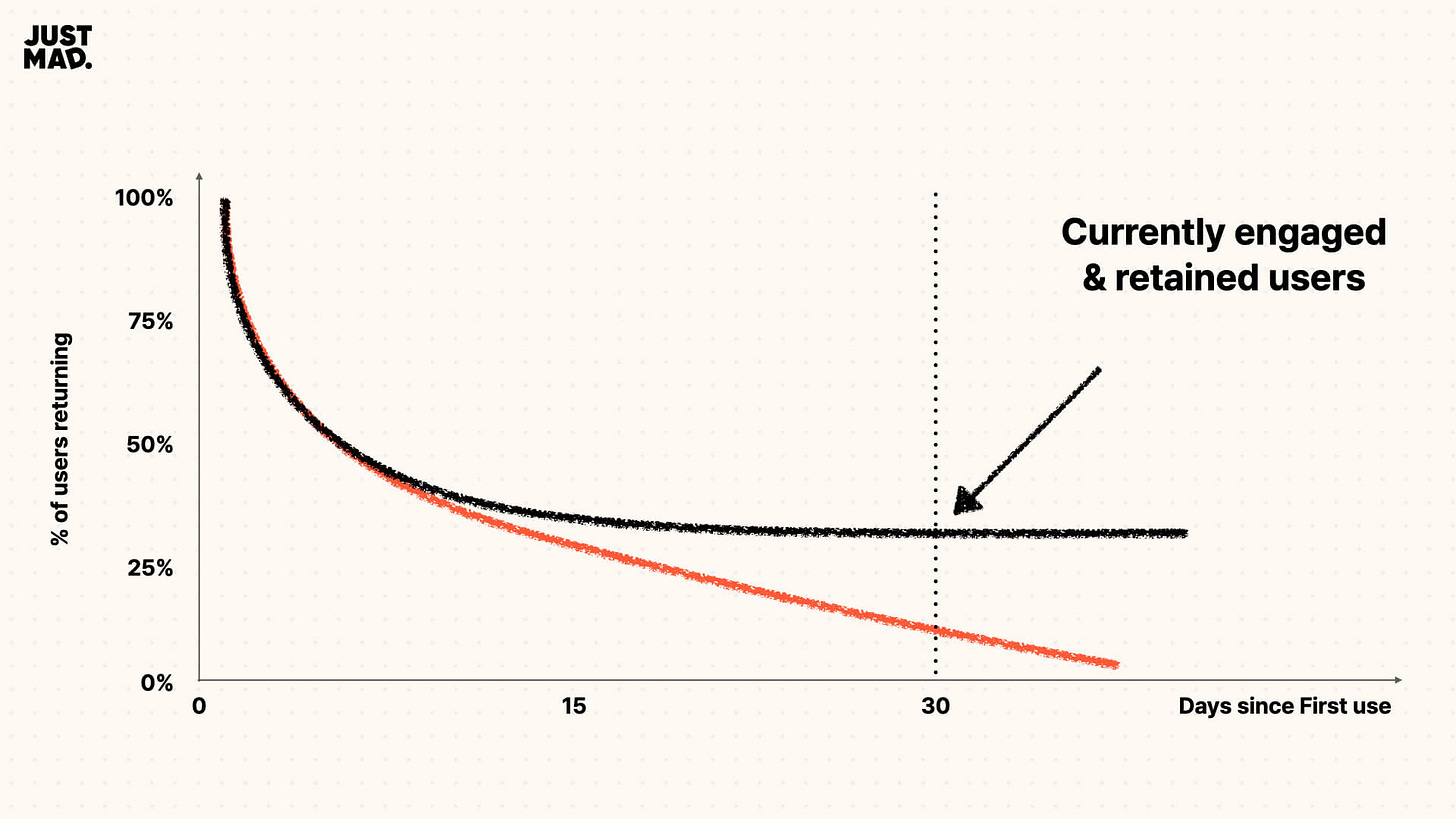

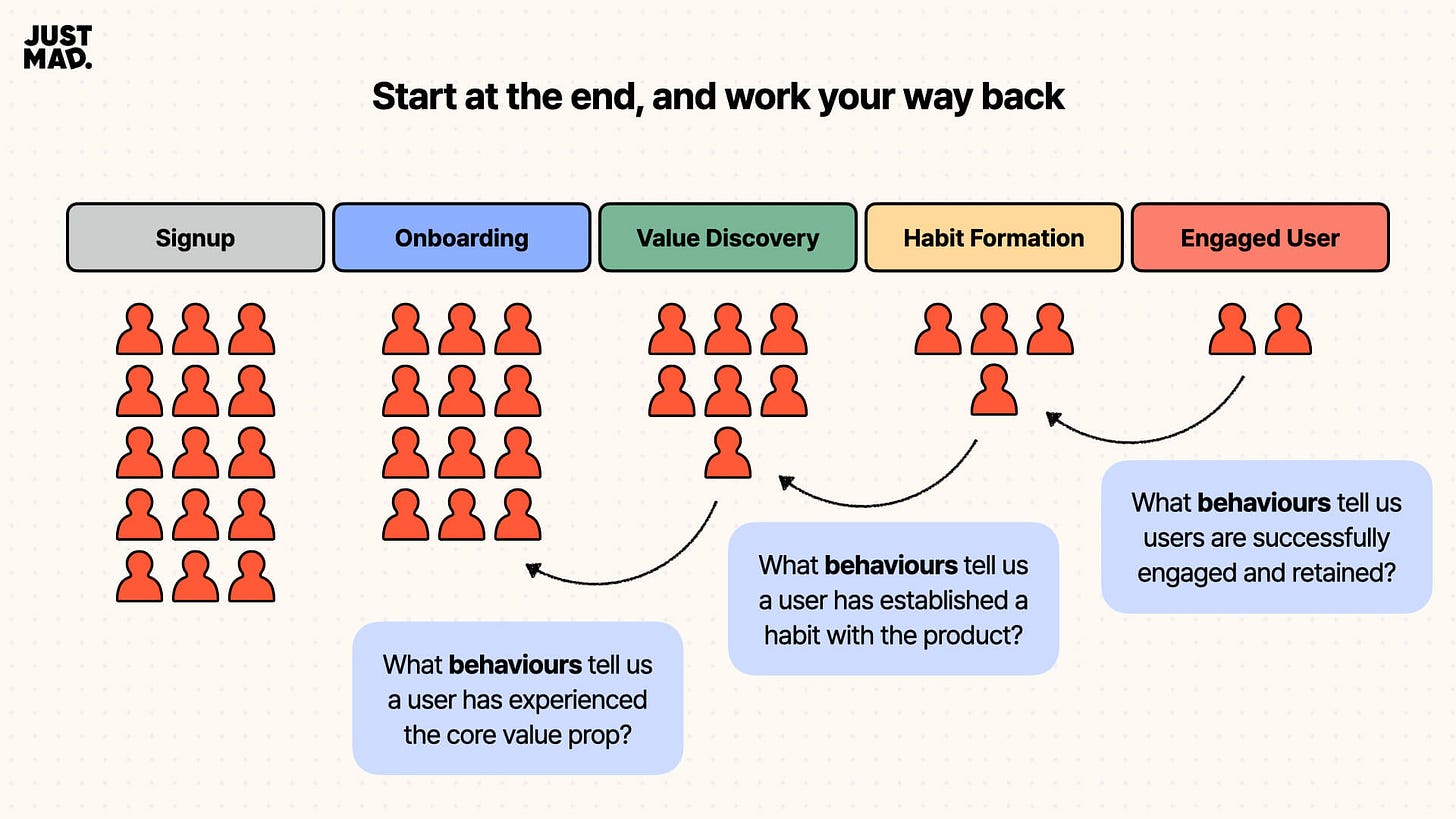
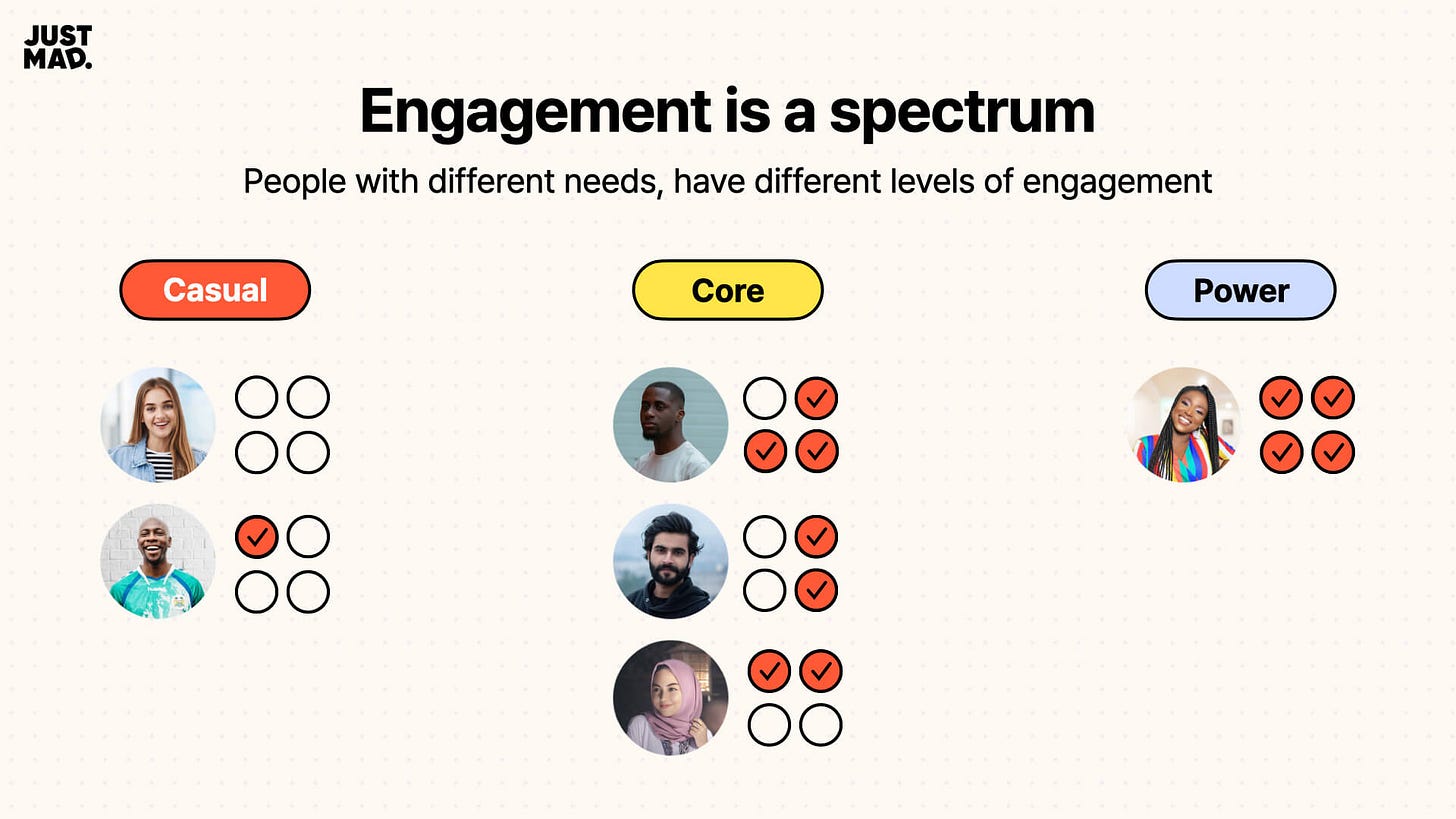
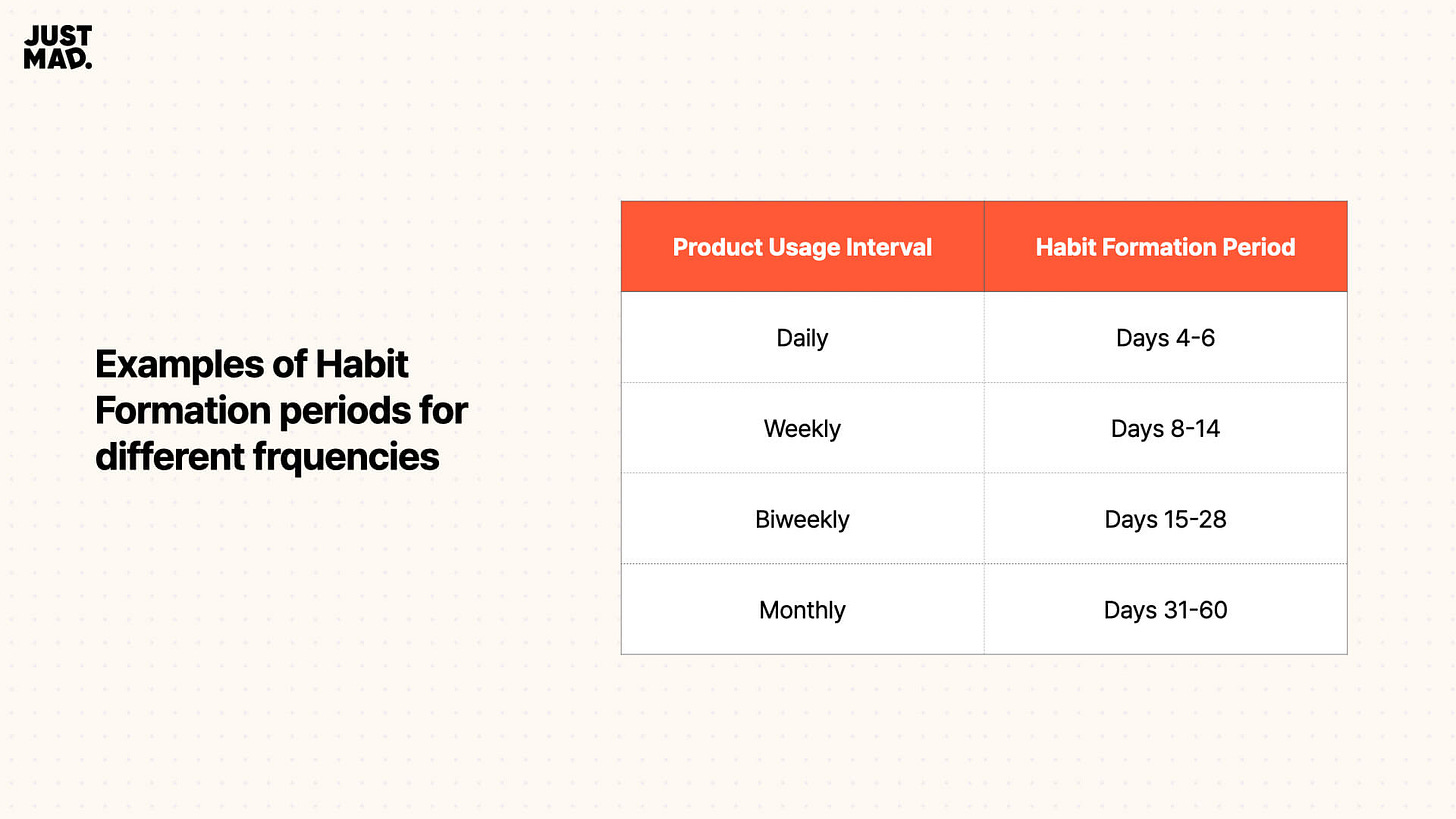
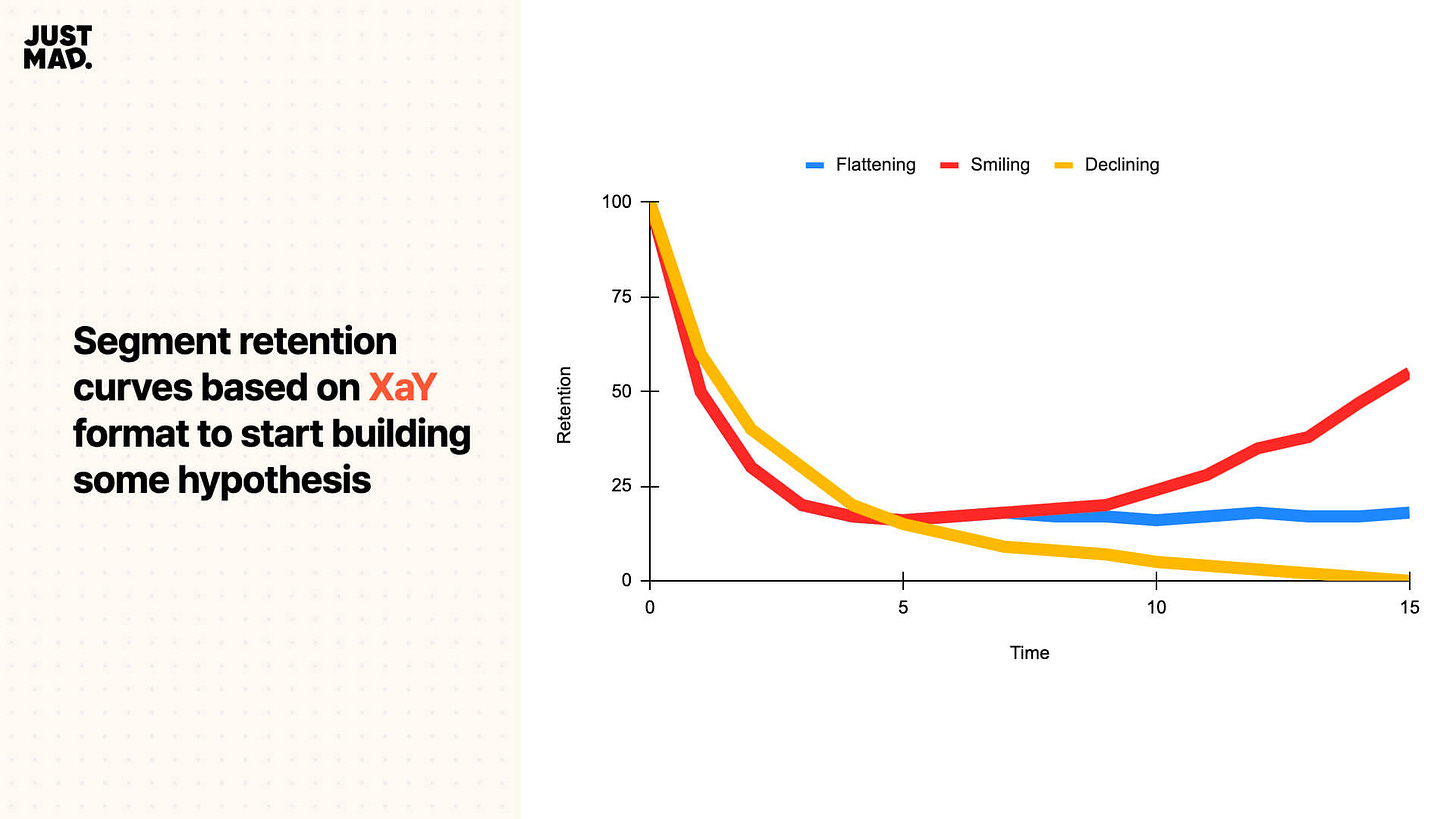

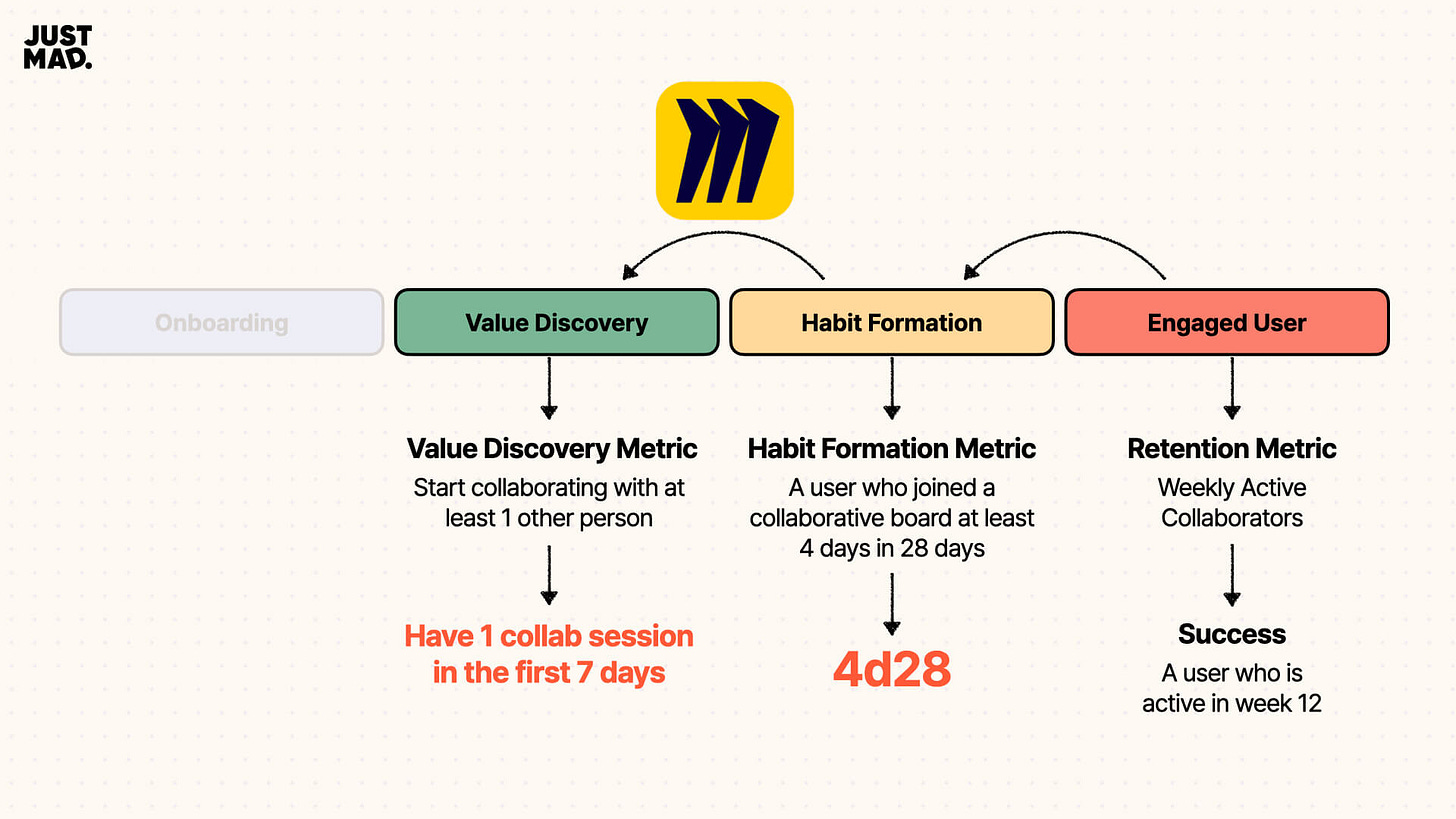
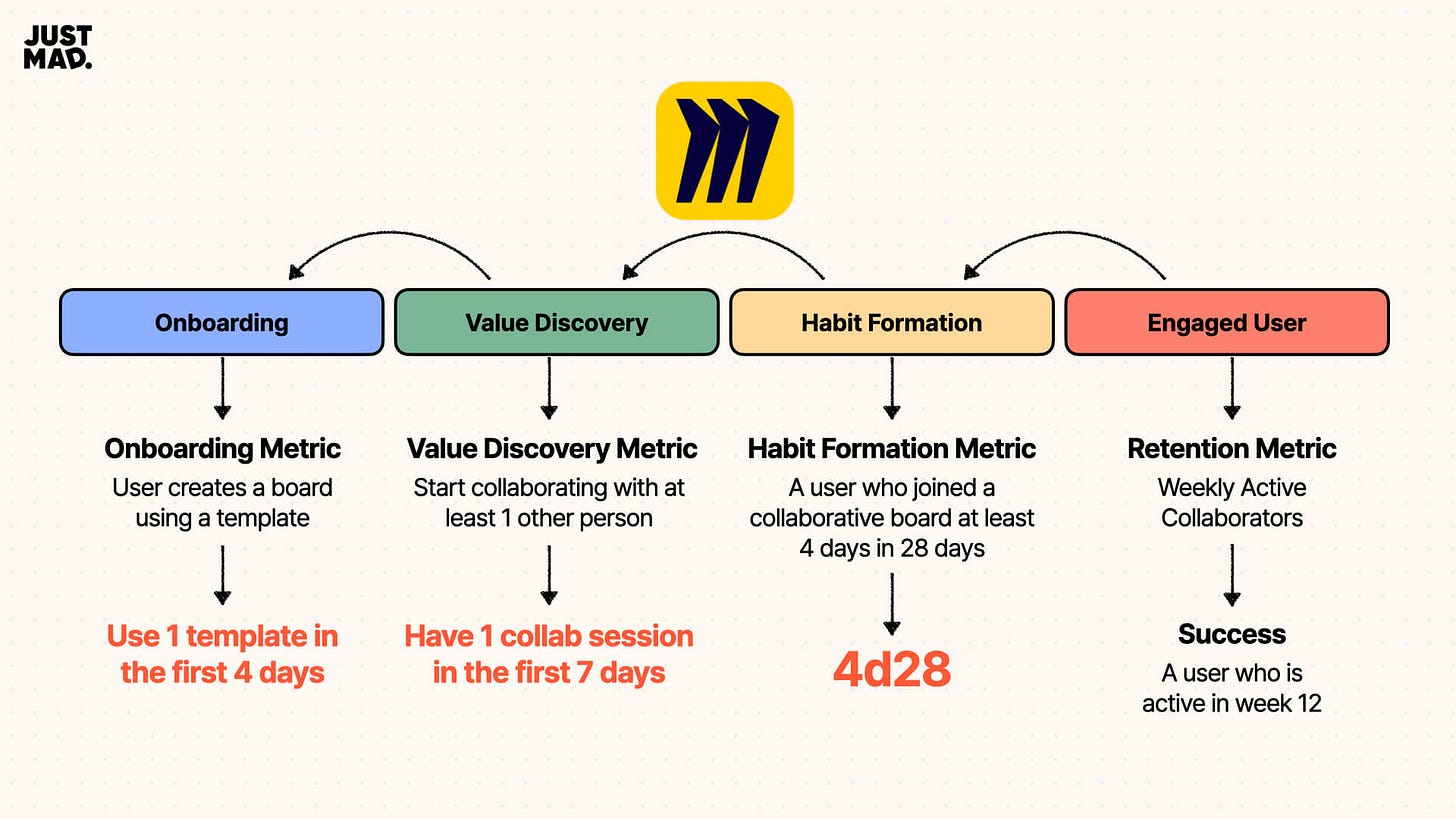


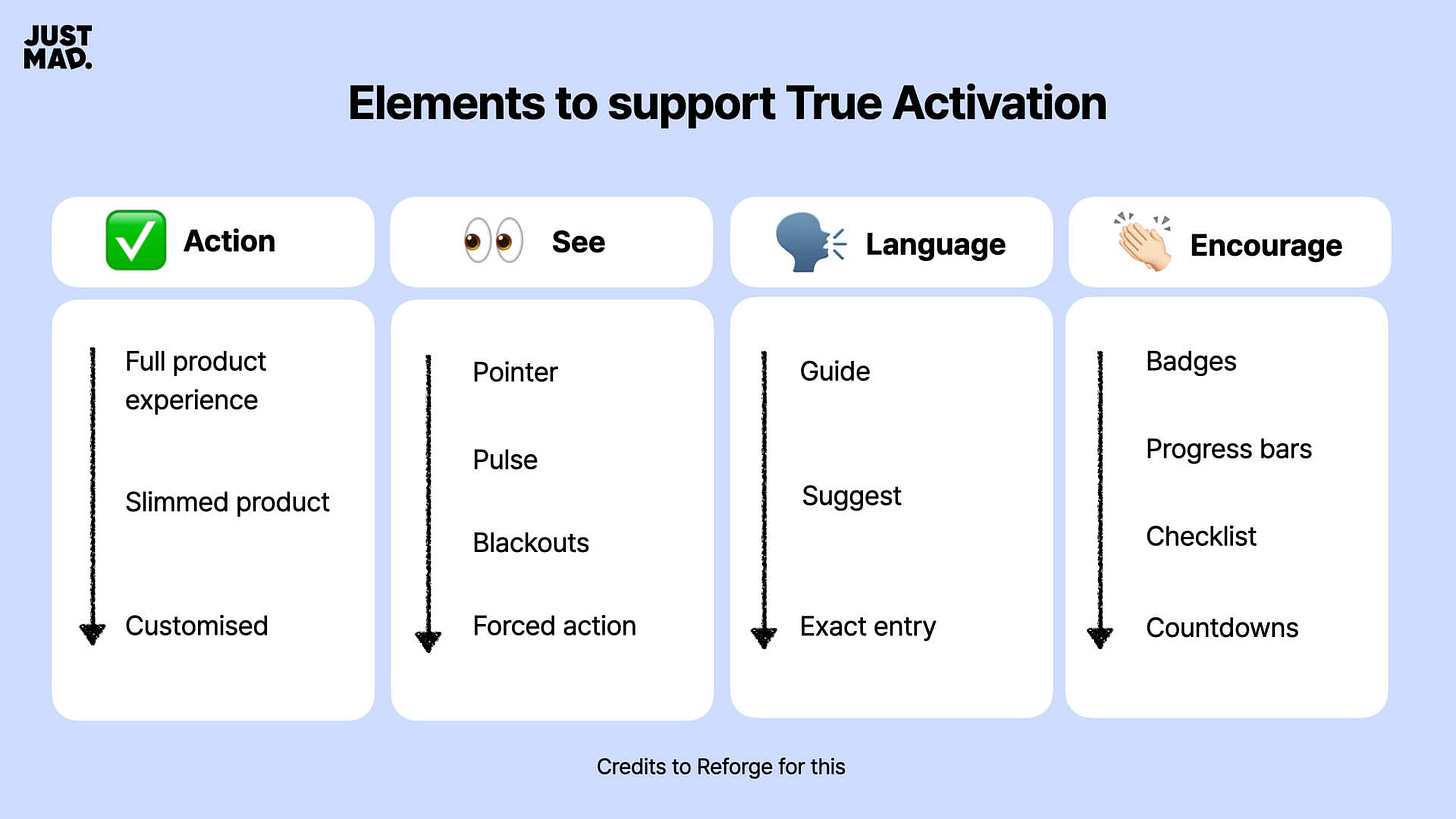




Really good edition!
The advice on, when defining activation, to start from the end engagement moment and then move backwards is super powerful to have your end goal always in mind.